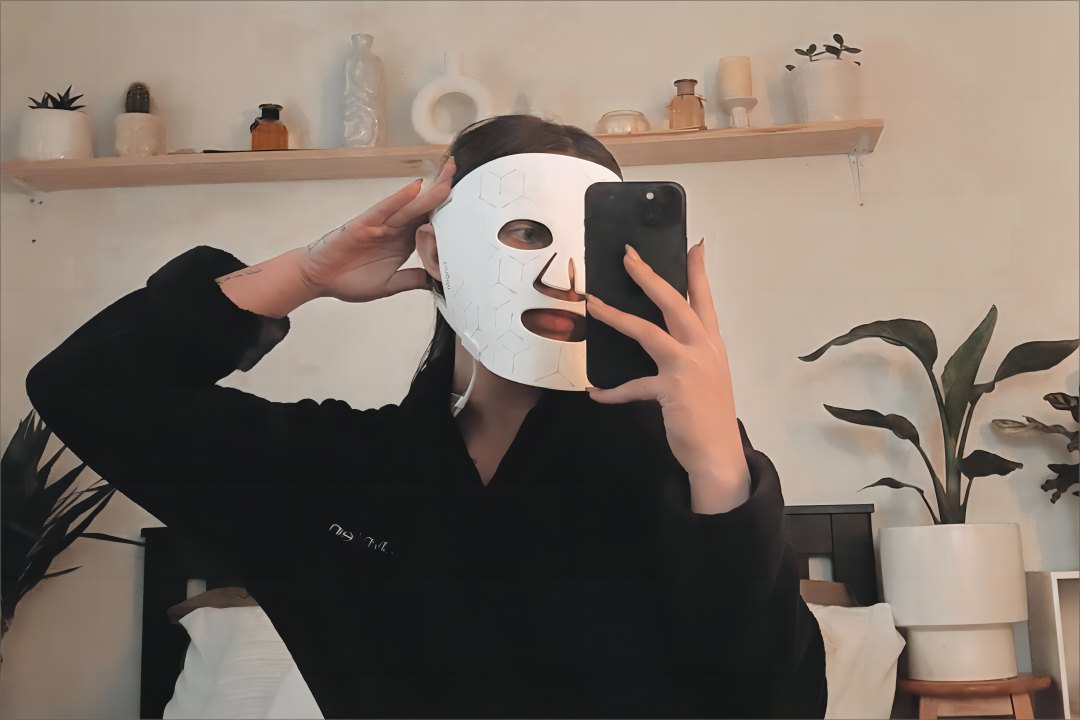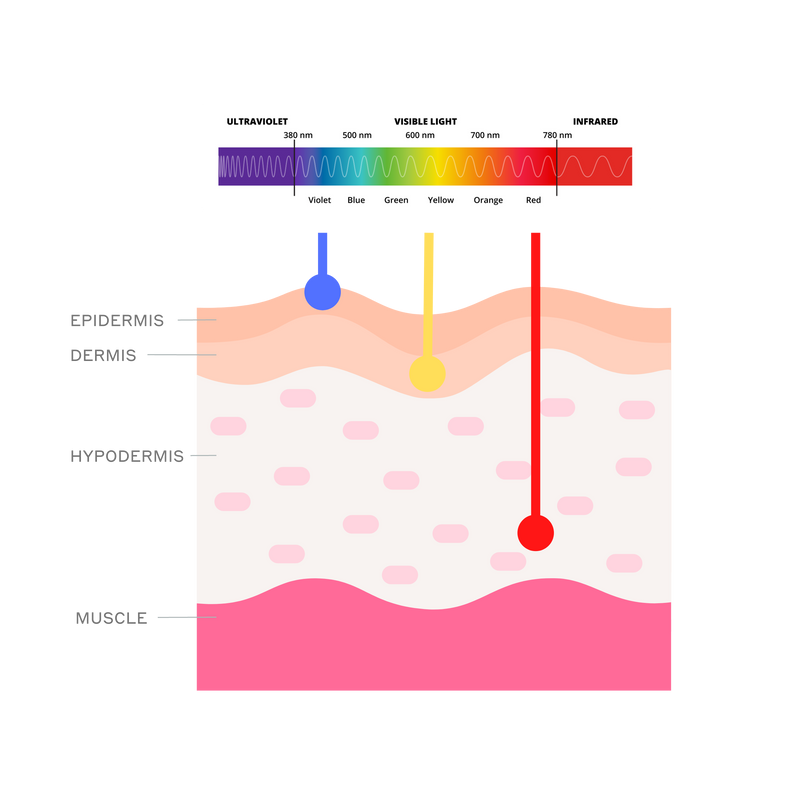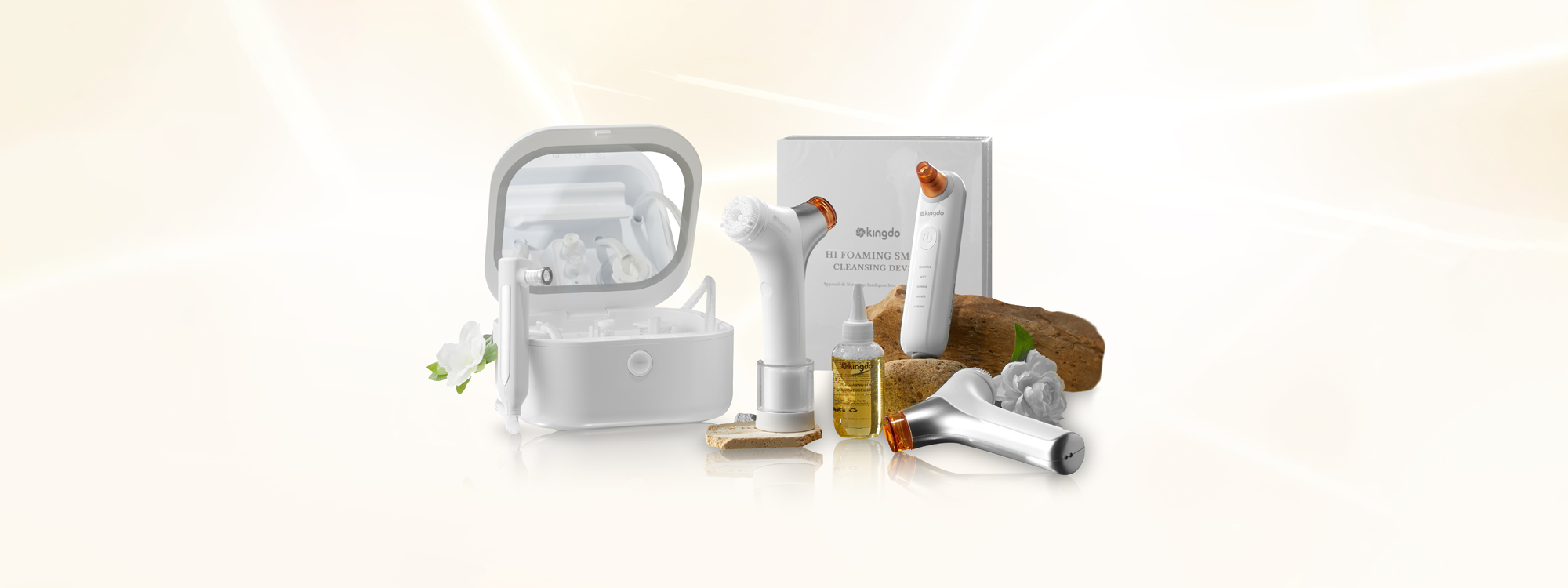
Shedding Light on LED Therapy: The Science Behind the Glow
Shedding Light on LED Therapy: The Science Behind the Glow
Unveiling the secrets of LED therapy: Discover the captivating science behind that radiant glow you've always wondered about!

Image courtesy of Dinç Tapa via Pexels
Table of Contents
LED light therapy has gained immense popularity in the skincare industry in recent years. With claims ranging from reducing acne and wrinkles to improving skin texture and tone, it's no wonder why many people are turning to this non-invasive treatment option. But the question remains: Does LED light therapy really work? In this blog post, we will delve into the science behind LED light therapy and explore the evidence supporting its effectiveness in transforming your skin.
Understanding LED Light Therapy
Before we delve into the scientific aspects, let's first understand what LED light therapy entails. In essence, it involves using specific wavelengths of light, emitted from LED bulbs, to stimulate the skin at a cellular level. Unlike other light-based treatments like laser therapy, LED light therapy does not produce heat, making it a safe and painless option.
Unlock the Power of LED Therapy: Subscribe to kingdo Newsletter
Stay informed about the science and benefits of LED therapy for radiant skin.
LED light therapy differs from other treatments primarily due to its ability to target specific skin concerns. Different colors of LED lights are used to address various issues. For instance, blue light is commonly used to combat acne by destroying the bacteria responsible for breakouts. Red light, on the other hand, has been found to stimulate collagen production, leading to a reduction in fine lines and wrinkles.
Mechanisms Behind LED Light Therapy
The effectiveness of LED light therapy lies in its ability to interact with the skin at a cellular level. Each color of LED light has a different wavelength, and these wavelengths penetrate the skin to varying depths, triggering specific responses.
When blue light is applied to the skin, it activates porphyrins, which are compounds produced by acne-causing bacteria. The activated porphyrins release singlet oxygen, leading to the destruction of these bacteria. This antibacterial action helps reduce inflammation and clear up acne.
Red light, on the other hand, stimulates fibroblast cells, which are responsible for producing collagen. Collagen is a vital structural protein that gives our skin its elasticity and firmness. By promoting collagen production, red light helps to minimize the appearance of fine lines and wrinkles, resulting in a more youthful complexion.
Check out this blog post on the science behind LED therapy and discover how it can illuminate your path to radiant health and healing. #LEDtherapy #healthandwellness [insert link]kingdo LED
Scientific Studies and Evidence
In order to determine the effectiveness of LED light therapy, several scientific studies have been conducted. These studies sought to evaluate how LED light therapy can address various skin concerns and whether the results are consistent across different individuals.

Image courtesy of www.magnitone.co.uk via Google Images
One study published in the Journal of Clinical and Aesthetic Dermatology examined the effects of LED light therapy on acne. The researchers found that after eight weeks of treatment, participants experienced a significant reduction in inflammatory acne lesions. Moreover, the study concluded that LED light therapy was well-tolerated and devoid of any serious adverse effects.
Another study, published in the Journal of Cosmetic and Laser Therapy, focused on the impact of LED light therapy on skin rejuvenation. The researchers observed a noticeable improvement in skin texture and firmness in participants who underwent LED light therapy over a span of several weeks. Collagen levels were also found to increase, reinforcing the claims of the therapy's ability to reduce wrinkles and fine lines.
Real-Life Experiences and Testimonials
Beyond scientific studies, there are numerous real-life experiences and testimonials from individuals who have undergone LED light therapy. While these accounts may not hold the same weight as scientific evidence, they provide valuable insight into the practical results achieved with this treatment.
Sara, a 35-year-old who struggled with acne for years, decided to give LED light therapy a try. After several sessions, she noticed a remarkable reduction in her breakouts. Not only did the therapy clear her acne, but it also improved her overall skin texture. Sara now swears by LED light therapy, emphasizing how it transformed her confidence and helped her regain control over her skin.
Adam, a middle-aged man concerned about the signs of aging, opted for LED light therapy to address his fine lines and wrinkles. Over the course of a few months, he noticed a significant improvement in his skin's elasticity and a reduction in the depth of his wrinkles. Adam now feels more confident and rejuvenated, crediting LED light therapy as a vital component of his skincare routine.
Common Misconceptions and Safety Concerns
Like any skincare treatment, LED light therapy has its fair share of misconceptions and safety concerns. It's important to address these to gain a comprehensive understanding and make informed decisions.
Image courtesy of issuu.com via Google Images
One common misconception is that LED light therapy is only effective for certain skin types. However, the truth is that LED light therapy is suitable for all skin types. The different colors of LED lights can be tailored to target specific concerns, regardless of whether you have oily, dry, or sensitive skin.
Safety concerns typically revolve around potential side effects. However, LED light therapy is considered safe when used correctly. Following manufacturer guidelines and seeking professional advice can help you avoid unnecessary risks. It's also worth noting that LED light therapy is non-invasive and does not require downtime.
Unlock the Power of LED Therapy: kingdo LED Face Mask
Stay informed about the science and benefits of LED therapy for radiant skin.
Conclusion
Based on the scientific studies, real-life testimonials, and the understanding of LED light therapy's mechanisms, it's evident that LED light therapy does indeed work. Whether you're looking to combat acne, reduce wrinkles, or rejuvenate your skin, LED light therapy can be a beneficial addition to your skincare routine.
However, it's important to consult with a dermatologist or esthetician before starting any new skincare treatment. They can assess your specific concerns and recommend the most appropriate course of action. Furthermore, by choosing reputable clinics or reliable products, you can ensure the safety and effectiveness of the LED light therapy you undergo.
Embrace the power of technology and light up your skincare routine with LED light therapy. Illuminate your skin from within and witness the glow that comes from a scientifically validated treatment option.
Partager




